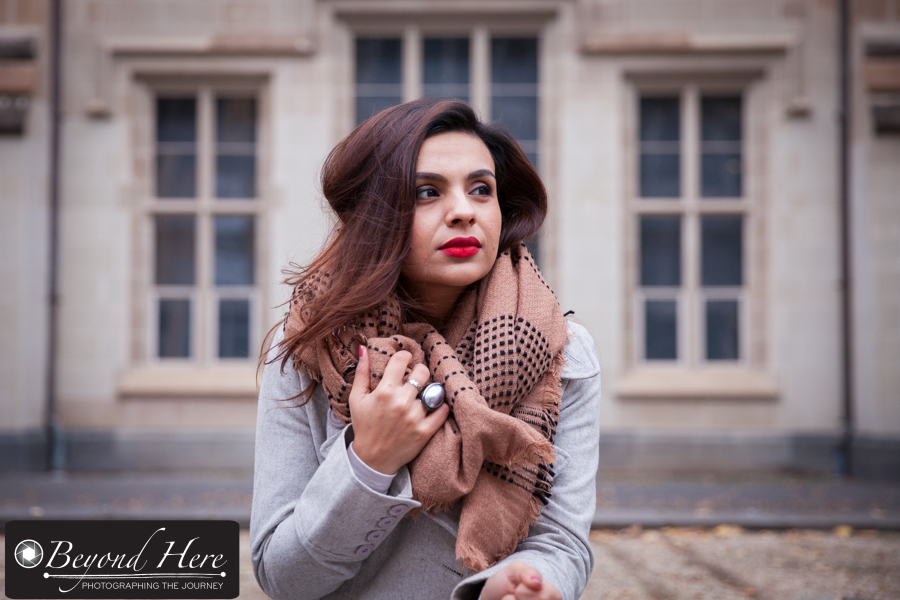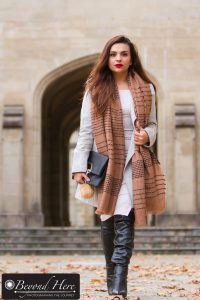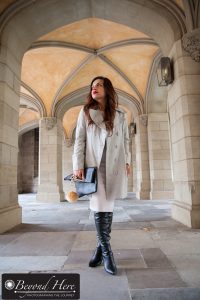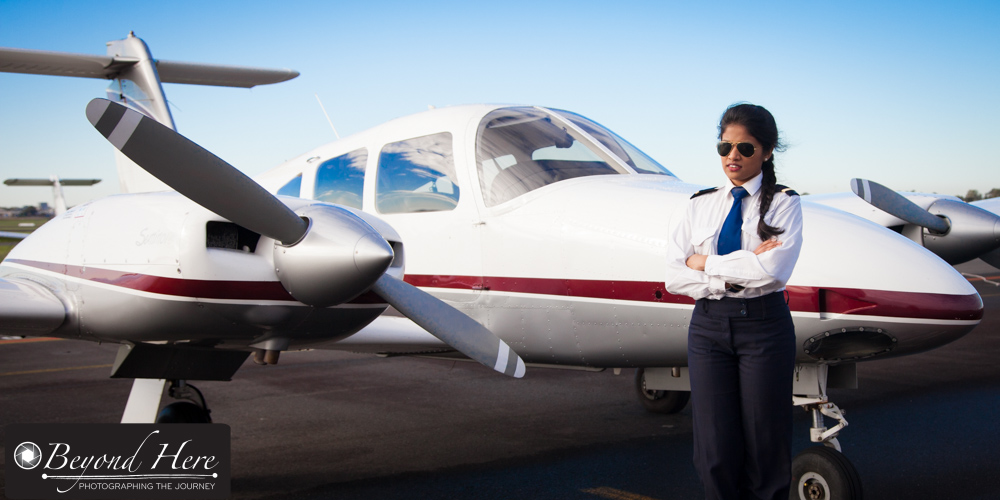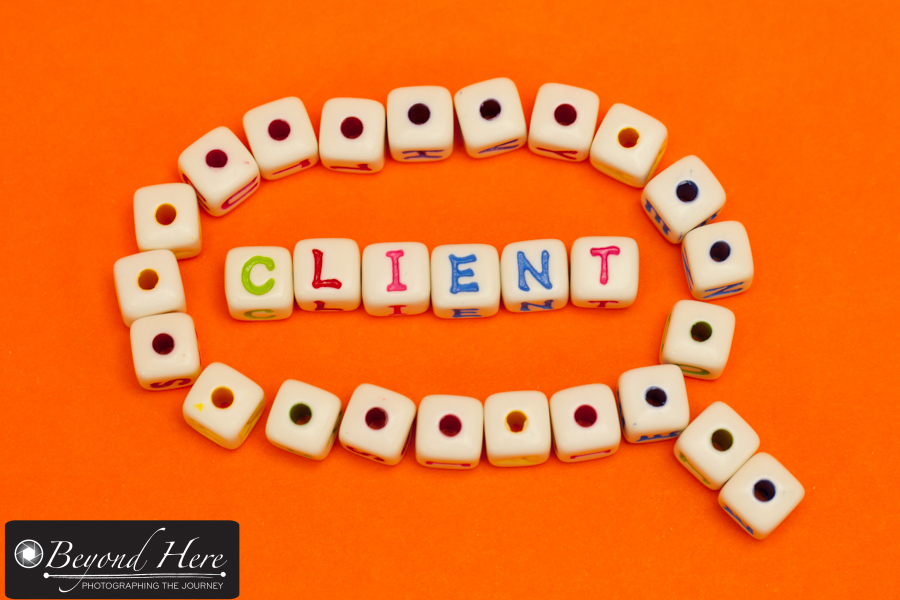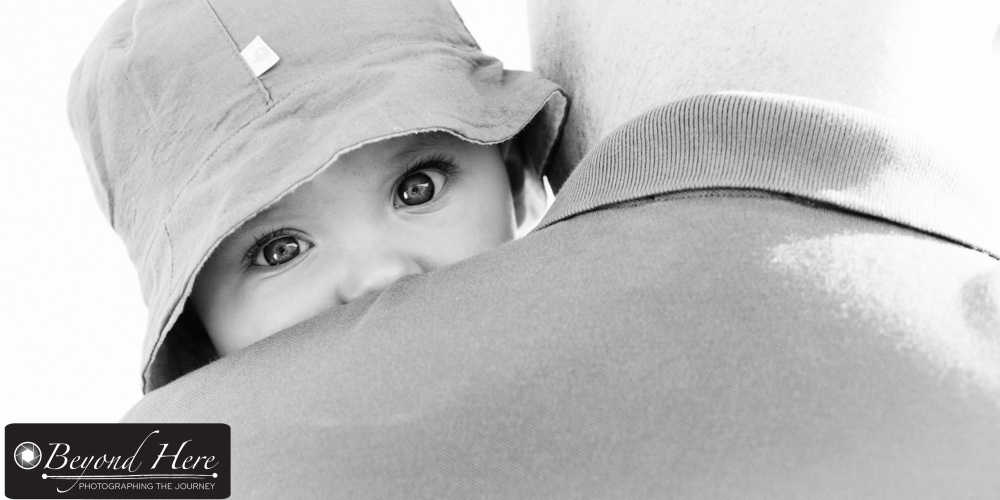Running a successful photography business is not easy. It’s hard when you are getting started and you struggle to find your next client. And it’s hard when you have worked hard for 2 years and find you need to spend all your accumulated profits to upgrade your equipment. And I’m seeing more and more photographers who have been operating for years but are struggling to make the profits they feel they should be making. This post looks at how to help them increase margins by delivering more products per customer.

Delivering more products per customer will help grow profits
Before we look at delivering more products per customer, let’s consider the options open to the photographer who has been in business for several years. They have plenty of work, but are not making the profits they think they should be making. While they love the work they do, they resent that they are working very long hours, juggling multiple different clients at a single time, and every time they feel like they are getting ahead financially, another bill arrives.
Our photographer has several options. They could:
- Do nothing, and continue to work long hours and make sub standard profits. Unfortunately a lot of photographers choose this option, and complain all the way.
- Increase their number of clients. This option isn’t very appealing to the already tired photographer but it is what they have done for years. Some choose this path, and work harder and harder. Unfortunately, this often produces more and more resentment and only slightly more profit to the photographer’s business.
- Increase their prices. In this scenario our photographer can continue to shoot the same number of jobs per year but charge more per job. This is a legitimate strategy and one that many successful photography businesses choose. They know how many jobs they plan to shoot in a year, and continue to lift their prices year on year.
- Increase their profit per job by delivering more products per customer. In this case our photographer looks to increase their profits not by doing more jobs, or raising prices, but by delivering more products per customer. Think about the profit made by the ‘shoot and burn’ wedding photographer provide electronic images only to the customer. Now, compare that the the photographer who is providing electronic images, prints, canvas prints, thank you cards, and albums to their wedding clients. Who do you think makes the most profit? It’s the photographer who provides more products.
There are other options a photographer could use to increase their profit, but these are the basic choices. As you consider what is best for your business, keep in mind it’s not a matter of choosing one strategy or another. To really turbo charge the profitability you could do several of these strategies at once. This year I’m aiming to use options 3 and 4 at the same time. Many photographers will use options 2, 3 and 4 all at once.

Canvas prints are popular with my family and wedding photography clients
So how do we go about delivering more products per customer.
For regular readers of Beyond Here you will know that I don’t believe in a formula – but that each photographer needs to find methods which suit them. That’s the case here too. That said, here are some strategies for you to consider while you decide what is right for you.
Strategy 1 – Make samples of the products you wish to sell and show them to clients when they are booking. I used to take 40x60cm canvas prints with me to clients meetings. Guess what product was really popular? Yes, the 40x60cm canvas print. Now days I’m taking 60x90cm canvas prints. Guess which product is really popular? Yes, 60x90cm canvas prints and that is great because the margin is about 50% more than on the smaller print. Make some samples and take them to show clients. You’ll be amazed how clients choose the exact product you’ve shown them.
Strategy 2 – Provide ideas and options for your clients. Today I delivered 3 8×6 inch leather bound wedding albums to one of my clients. They plan to keep one for themselves and gift one to each set of parents. What a lovely idea. It’s an idea that came from my suggestion in one of our early meetings. They saw great value in a priceless gift for their family, and I managed to increase my profit on that job. Win, win.

I always show sample albums to potential wedding clients
Strategy 3 – Make suggestions at key times of the year. How much additional profit do you think you could generate by contacting all of your clients in September each year suggesting products they might to use as Christmas gifts? From my experience, simple ideas like this are gold. They solve a problem for my client – for example, getting a present for their spouse – while increasing the profits of my business.
Why do I choose September to do this? It leaves me a few months to make sure I can deliver the products in December, and every year I have at least one client who wants to do another shoot before Christmas.

Birthdays and anniversaries are great times to contact previous clients
Strategy 4 – Contact your client on important dates for them. Here’s a recent email I sent to one of my clients. It uses the same strategy as number 3, but uses events which are unique to my customers. “Dear XXXX, I’ve just realized that YYYY’s birthday is just a few weeks away. At the time of your shoot I know you loved this image (image attached to email). I have a special deal with my canvas print supplier and can get you a 60x90cm print for $ZZ. Would you like to get one for YYYY’s birthday? I’ll be placing the order next Wednesday, so appreciate if you can let me know before then. Thanks, Craig”. This type of offer generally does well and takes just a few days to go from email to order to delivery.
There are 4 simple strategies to help you in delivering more products per customer. As you review the profitability of your business, is this a strategy that can benefit you?

